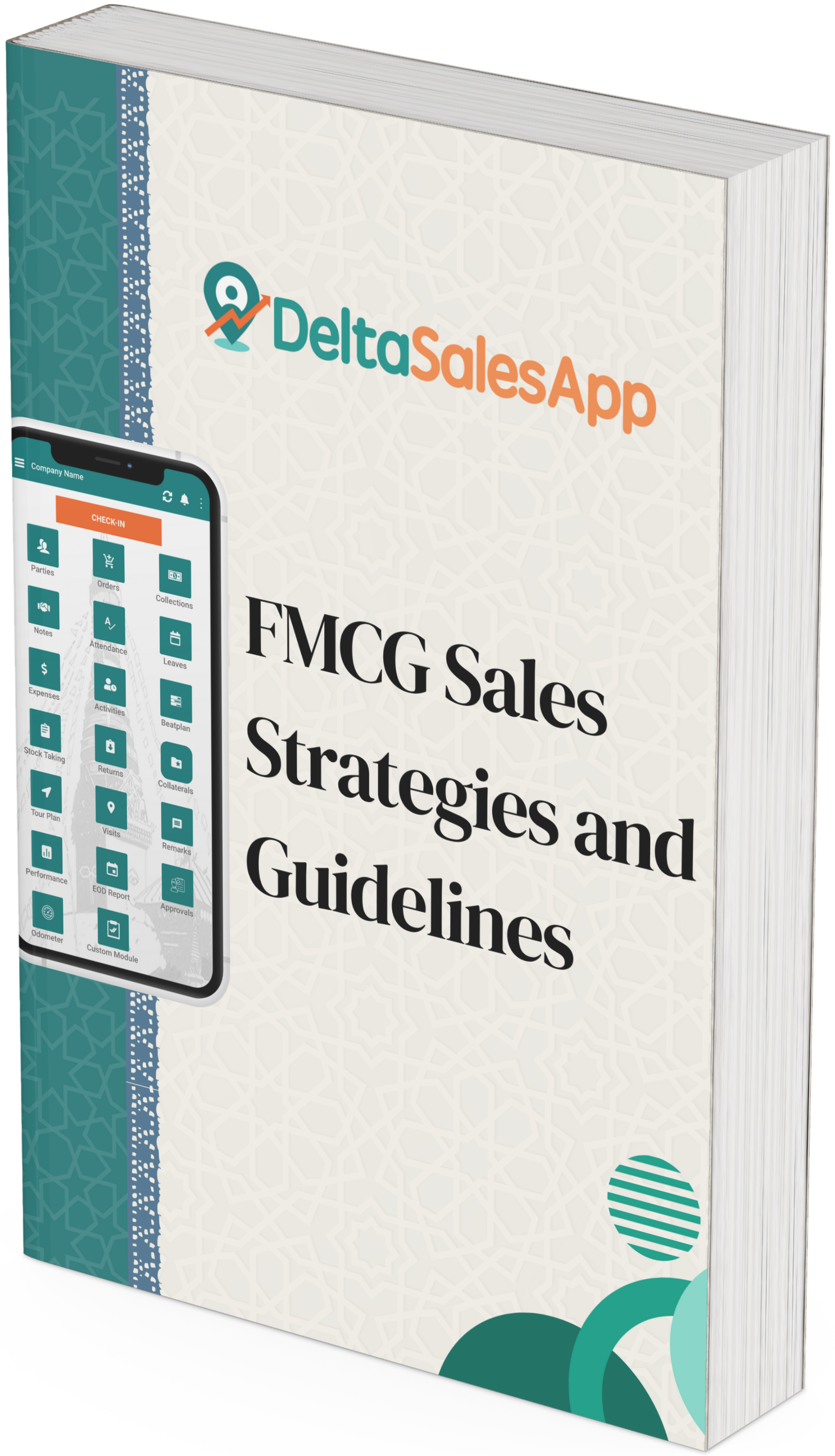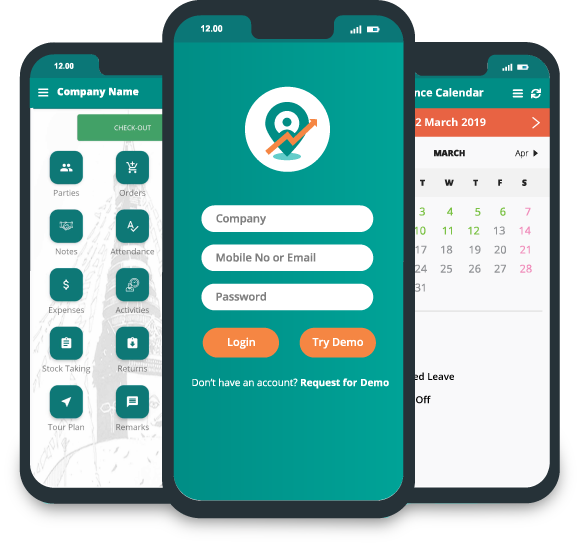Understanding the Sales Cycle: Tips for Field Sales Reps

In the competitive world of field sales, understanding the sales cycle is crucial for achieving success. The sales cycle is the process that sales professionals follow to convert prospects into customers. By mastering each phase of this cycle, field sales reps can optimize their strategies, enhance their performance, and ultimately drive revenue. In this blog, we’ll explore the key stages of the sales cycle and provide actionable tips for field sales reps at each stage.
Key Stages of the Sales Cycle
1. Prospecting
What It Is: Prospecting involves identifying potential customers who may benefit from your product or service.
Tips:
Research Your Market: Use tools like LinkedIn, industry reports, and customer referrals to build a list of prospects.
Qualify Leads: Determine which prospects are most likely to convert by evaluating their needs, budget, and authority to make purchasing decisions.
Utilize Technology: Leverage field sales software to track leads and maintain organized prospect lists.
2. Preparation
What It Is: This stage involves gathering information about your prospects and preparing for initial contact.
Tips:
Understand Your Prospects: Learn about their pain points, goals, and industry challenges. This will help tailor your approach.
Set Clear Objectives: Define what you want to achieve in your meetings or calls, whether it’s securing a follow-up appointment or introducing your product.
Create Customized Presentations: Use insights from your research to craft presentations that resonate with each prospect’s specific needs.
3. Approach
What It Is: The approach is your first direct interaction with the prospect, where you introduce yourself and your offering.
Tips:
Build Rapport: Start with small talk to establish a connection. A genuine conversation can set a positive tone for the meeting.
Be Confident and Professional: Your demeanor can impact the prospect’s perception of you and your company.
Listen Actively: Pay attention to the prospect’s responses and adjust your pitch based on their feedback.
4. Presentation
What It Is: This is where you showcase your product or service, highlighting its benefits and features.
Tips:
Focus on Value: Emphasize how your solution addresses the prospect’s pain points and meets their specific needs.
Use Visuals: Incorporate engaging visuals or demos to make your presentation more compelling.
Encourage Questions: Create an interactive environment by inviting prospects to ask questions, which can help clarify their needs.
5. Handling Objections
What It Is: Prospects may raise concerns or objections about your offering.
Tips:
Stay Calm and Composed: Listen carefully to their objections without becoming defensive.
Address Concerns Directly: Provide clear, factual responses to their concerns, and reinforce the value of your solution.
Ask Clarifying Questions: This helps uncover the root of the objection and shows your willingness to understand their perspective.
6. Closing the Sale
What It Is: This is the stage where you finalize the sale and secure the commitment from the prospect.
Tips:
Recognize Buying Signals: Pay attention to verbal and non-verbal cues that indicate the prospect is ready to buy.
Use Closing Techniques: Techniques such as the assumptive close or the urgency close can effectively encourage a decision.
Make It Easy: Simplify the process for the prospect by providing clear next steps, whether it’s signing a contract or scheduling installation.
7. Follow-Up
What It Is: After the sale, following up is crucial for maintaining the relationship and ensuring customer satisfaction.
Tips:
Check In Regularly: Schedule follow-ups to ensure the customer is satisfied and address any concerns that may arise.
Ask for Referrals: A satisfied customer can be a valuable source of new leads.
Provide Ongoing Support: Ensure your customers have the resources they need to make the most of your product or service.
Conclusion
Mastering the sales cycle is essential for field sales reps looking to boost their performance and achieve greater success. By understanding each stage—from prospecting to follow-up—sales professionals can tailor their strategies and approach to better meet the needs of their prospects and customers.
Incorporating tools like Delta Sales App can further enhance your effectiveness throughout the sales cycle. With features such as real-time analytics, customer insights, and mobile accessibility, Delta Sales App empowers field sales reps to streamline their processes and focus on what matters most: building relationships and closing deals.
FAQs
1. Why is understanding the sales cycle important for field sales reps?
Understanding the sales cycle helps reps tailor their approach, optimize strategies, and ultimately convert prospects into customers more effectively.
2. What should I do if a prospect raises an objection?
Stay calm, listen actively, and address their concerns directly with factual responses. Use clarifying questions to better understand their objections.
3. How can technology assist in the sales cycle?
Technology, such as field sales software, can help track leads, manage customer data, and provide real-time analytics, enhancing overall sales efficiency.
4. What is the best way to follow up after closing a sale?
Schedule regular check-ins to ensure customer satisfaction, address any concerns, and ask for referrals to expand your prospect base.
By mastering the sales cycle and utilizing effective strategies, field sales reps can significantly enhance their performance and drive revenue growth.









